Early Career Scientist Spotlight
Dr. Beck Strauss
Planetary Geophysicist
Planetary Magnetospheres Laboratory /
Planetary Geology, Geophysics & Geochemistry Laboratory
What is your research focus?
As a research scientist at NIST, the National Institute of Standards and Technology, my work focuses on improving the methods that planetary scientists use to learn about the world around us. I am interested in the fundamental physical principles that underpin the laboratory and flight instruments used for analysis of rocks and minerals from other planets, or astromaterials. During my doctoral work on rock magnetism, I became interested in the behind-the-scenes aspects of geoscience research, from the material properties of the rocks we study to the technical operations of the instruments we use to characterize them. Now, I perform calibration and benchmarking-related tasks for two groups at Goddard Space Flight Center: the Planetary Magnetospheres group (695), and the Mid-Atlantic Noble Gas Research Laboratory (MNGRL, 698).
My projects in the planetary magnetospheres group are primarily concerned with fluxgate magnetometers, which measure the intensity and orientation of weak magnetic fields and are ideal for space applications. The materials traditionally used to make ring cores, the central components of fluxgate magnetometers, are in increasingly short supply, so I am researching the original methods of ring core production in hopes of securing the future of these flagship instruments. Upon return to the lab, I plan to test the performance of several archival collections of ring core material, which will help to guide the development of new production methods. I also provide magnetic materials expertise to help connect our understandings of ambient planetary fields typically studied from orbit with crustal magnetic anomalies of interest to proposed and upcoming lander missions that could reveal the histories of ancient magnetic fields and the dynamic planetary interiors that generated them.
In the MNGRL group, I work on benchmarking for the Potassium (K)-Argon Laser Experiment (KArLE), a novel instrument suite intended for in situ geochronology during robotic missions to the Moon and Mars. One step in this process is to measure the volume of microscopic laser ablation pits to determine the mass of material that we are analyzing; my work compares the performance of off-the-shelf microscopes to custom-built systems for the characterization of this micro-scale surface topography. While working from home, I have been focusing on the preservation of institutional knowledge through documentation of operations for KArLE, as well as for a software package that we are developing to help manage physical samples and their associated geochemical data in laboratory environments.
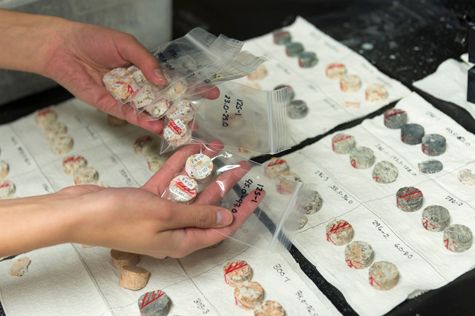
Credit: Rutgers University
Did you always know that you wanted to be a planetary geophysicist?
Not at all! I was an art kid growing up, and when I started college, I wanted to be an English major with a minor in music composition. Once I took a few classes, though, it turned out that it wasn’t the right fit for me. While I was struggling with the turmoil of suddenly not knowing what I wanted to be when I grew up, I took a geology class for non-majors and was awestruck by the story of plate tectonics. It turned out that geology is the science of understanding why the natural world is the way it is – why that mountain is over there, how this river got here, what that moon’s magnetic field was doing a few billion years ago. (I did finish an English minor, so if you ever need a geophysicist who can write in iambic pentameter, drop me a line.)
What is one project that you are particularly excited about, and why?
Right now I’m excited about everything to do with sample return, from the Perseverance rover to the Apollo sample suite to the design of future material collection and handling protocols. As a laboratory-based researcher whose main analytical techniques have not yet been adapted for spaceflight, I think a lot about how we manage physical samples that have been returned to Earth. How do we keep track of which samples have been exposed to what conditions during flight and processing? What are the potential sources of contamination? What does the word “contamination” mean to different types of scientists? Answering questions like these enables us to ensure that these invaluable material resources and their associated data are made available to emerging and future generations of scientists.
During a previous postdoctoral research position, I was fortunate to work with three basalt samples collected during the Apollo 12 mission and perform paleomagnetic analyses to assess whether they held records of an ancient lunar magnetic field. Magnetic methods are generally non-destructive, so the samples that we analyze can be used again in other types of experiments. However, rigorous magnetic analyses rely on some fairly specific conditions for sample collection and processing. For instance, we are particularly wary of stray magnetic fields that can overwrite the records preserved in our samples. It has been exciting to continue to learn new information about the Moon from rocks that were collected more than fifty years ago, and I hope that continued input from different parts of the scientific community will help to inform future sample return missions.
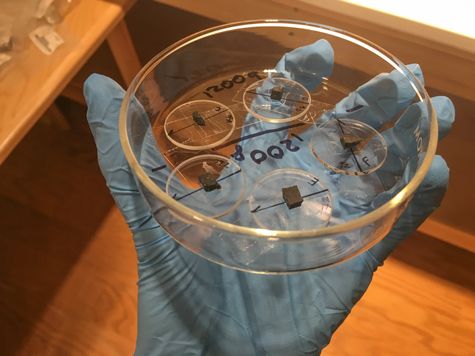
Credit: Beck Strauss
What do you enjoy the most about your job?
My favorite thing about my job is the people I work with. NASA Goddard has been an incredibly welcoming environment, and it is so much fun to collaborate with peers who are both excited about my ideas and excited to share their own. I have also been thrilled to tap into mentorship networks that are equipping me to think about bigger goals and plan for bigger projects than I ever dreamed could be possible.

Credit: Beck Strauss
What science fact consistently amazes you?
Bees are magnetic! More specifically, honeybees naturally produce ferromagnetic minerals inside their bodies. Many types of animals, from pigeons to nudibranchs, can sense magnetic fields and use those fields to inform their navigation as a supplement to other inputs like visual information.
Tell us about one project that has been particularly impactful in your field.
For the past couple of years, I have led a side project on the inclusion of nonbinary, gender non-conforming, and transgender people in space science. There is broad interest in making STEM research more inclusive and improving gender equity in our fields, but related efforts led by physical scientists (as opposed to professional sociologists or gender studies experts) tend to use methods that, whether inadvertently or intentionally, harm and exclude nonbinary people. In response, we have published some best practices and recommendations for the conduct of gender inclusive studies in space science, and it has been incredible to hear from students and other early career researchers that they are able to point to our work when they push for change in their own institutions.
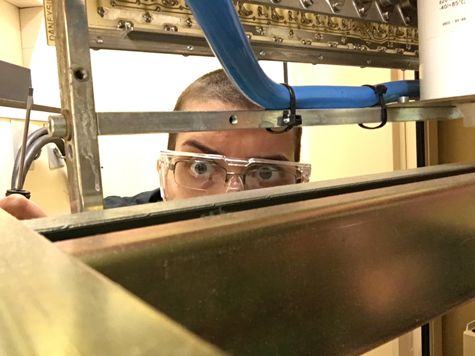
Credit: Beck Strauss
What do you like to do in your free time?
A year before we started working from home, a chemist friend introduced me to strongman, a weightlifting sport with theatrical elements inspired by traditional circus performers. She had just pulled a pickup truck across a parking lot in a competition and convinced me that I could do the same. In about six months, I went from fully sedentary to pulling a truck of my own, and I was hooked. I ultimately pulled an SUV for a fundraiser event in support of local LGBTQ+ community organizations. Of course, a few months later, gyms closed and competitions were cancelled due to the ongoing pandemic. It’s a challenging hobby to keep up inside my apartment, especially as weightlifting equipment is in short supply, but I have done my best to adapt to the 4x8’ “gym” in my living room and stay hopeful that someday soon we’ll all be able to spend our free time doing cool things like pulling trucks again.
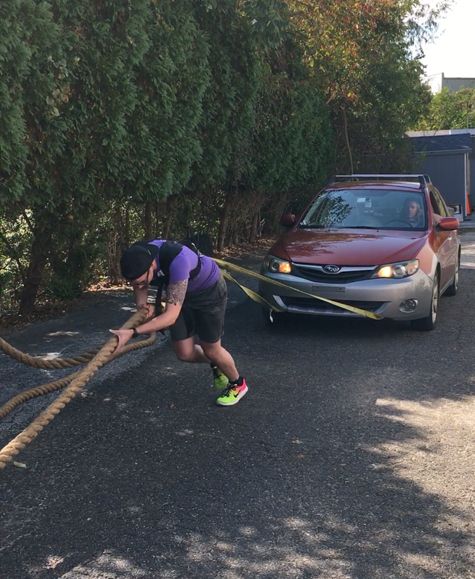
Credit: Suzanne Witt
Biography
Home Town:
Mamaroneck, NY, USA
Undergraduate Degree:
B.A., Geology, Oberlin College, Oberlin, OH
Post-graduate Degrees:
Ph.D., Earth Sciences (Geophysics), University of Minnesota, Minneapolis, MN
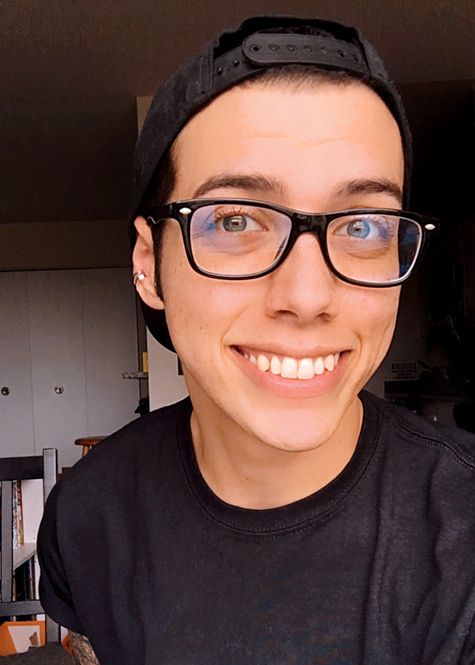
Link to Dr. Strauss's GSFC Bio
